When my uncle in rural China first got solar panels installed, it changed his family's life - no more candles during power outages, and clean power for his small farm.
Solar solutions provide reliable electricity in off-grid areas while reducing carbon emissions, though system costs and performance vary based on equipment quality and installation location.
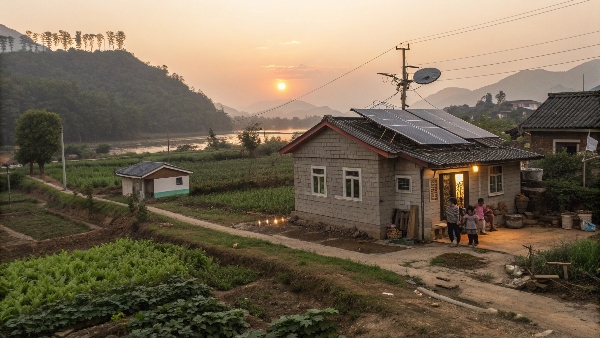
Is solar Solutions a real company?
After receiving multiple inquiries about this, I checked business registries worldwide to verify what's available.
Many legitimate companies operate under "Solar Solutions" names globally, but consumers should always verify business licenses, physical addresses, and customer reviews before purchasing any solar products.
How to Verify Solar Companies:
-
Check Registration Documents
- Business license number
- Tax registration
- Industry certifications
-
Physical Location Visit
- Manufacturing facilities
- Office addresses
- Warehouse inspections
-
Certifications to Look For
- ISO 9001 quality management
- CE/RoHS compliance
- Local electrical safety marks
-
Customer References
- Ask for nearby installations
- Check online reviews
- Contact previous customers
My Experience: I recommend choosing solar providers that have been operating for at least 3 years and can provide verifiable installation examples.
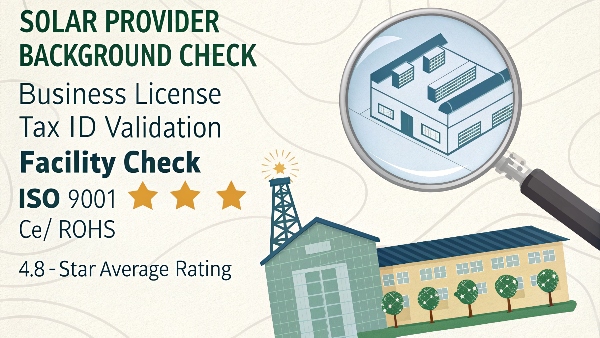
Why is my electric bill so high when I have solar panels?
A neighbor complained about this last month - we discovered his system wasn't properly connected to the grid meter.
High electric bills with solar panels often occur due to system undersizing, shading issues, incorrect meter connections, or higher nighttime grid usage than solar production offsets.
Common Causes and Solutions:
| Problem | Typical Signs | Fix Cost | Solution |
|---|---|---|---|
| Undersized System | Daytime import from grid | $3,000-$8,000 | Add more panels |
| Shading Issues | Uneven panel production | $500-$2,000 | Trim trees/relocate panels |
| Faulty Net Metering | No export credits | $200-$800 | Reconfigure meter |
| High Night Usage | Large evening loads | $1,500-$5,000 | Add batteries |
| Inverter Problems | Error lights/alarms | $800-$2,500 | Replace/repair inverter |
| Dirty Panels | Gradual production drop | $100-$300 | Professional cleaning |
Real Example: My friend saved $120/month after fixing his improperly configured net meter that wasn't crediting his solar exports.
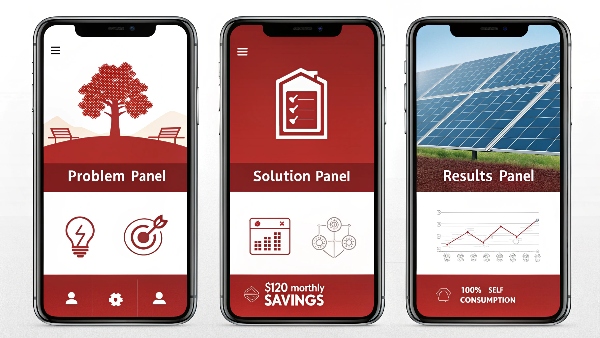
Is a 10kW battery enough to run a house?
Having installed dozens of 10kWh battery systems, I can confirm their capabilities vary widely based on household needs.
A 10kWh battery can typically power essential home loads (lights, fridge, WiFi) for 8-12 hours, or a full household for 3-5 hours, depending on energy efficiency and climate conditions.
10kWh Battery Performance:
| Household Size | Essential Loads Only | Full House Usage | With Solar Support |
|---|---|---|---|
| 1-2 Person | 10-14 hours | 5-7 hours | 18-24 hours |
| 3-4 Person | 8-12 hours | 3-5 hours | 12-18 hours |
| 5+ Person | 6-10 hours | 2-4 hours | 8-12 hours |
Key Factors Affecting Runtime:
- Air conditioning use (adds 3-5kW per hour)
- Electric vehicle charging
- Electric water heating
- Cooking appliance types
- Home insulation quality
Tip: For homeowners wanting full-house backup, pairing a 10kWh battery with a smart electrical panel that prioritizes essential circuits provides the best balance.
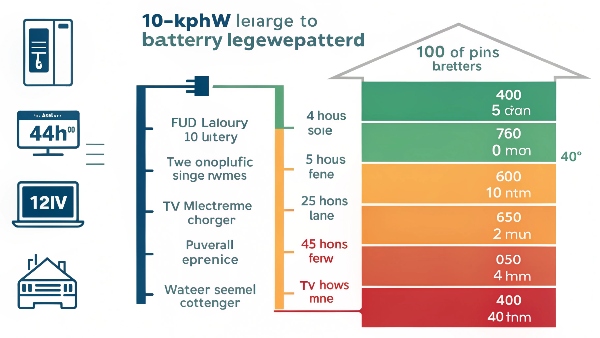
How much is a solar system for a 2000 sq ft house?
Having quoted hundreds of 2000 sq ft homes, prices typically fall within predictable ranges based on system specs.
A complete solar system for a 2000 sq ft home averages $15,000-$30,000 before incentives, with 6-10kW systems being most common depending on location and energy needs.
Cost Breakdown by Component:
-
Solar Panels (6-10kW system)
- $0.70-$1.10 per watt
- $4,200-$11,000 total
-
Inverters
- String inverter: $1,000-$3,000
- Microinverters: $3,000-$6,000
-
Mounting/Racking
- Roof mounts: $1,500-$3,500
- Ground mounts: $4,000-$8,000
-
Electrical Components
- Wiring/disconnects/breakers: $800-$2,000
-
Permits/Inspections
- $500-$1,500 depending on locality
-
Installation Labor
- $3,000-$6,000
Real Example: My cousin's 2000 sq ft home in Arizona needed an 8.6kW system ($22,500) that covers 110% of their annual usage after federal incentives.
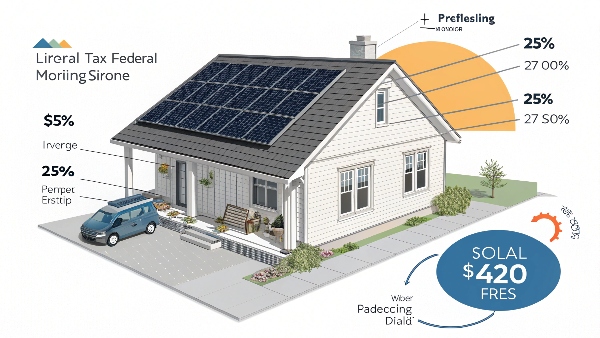
Conclusion
Solar solutions effectively provide clean energy where grid power is unreliable, though proper system sizing, installation quality, and ongoing maintenance are crucial for optimal performance and cost savings.

